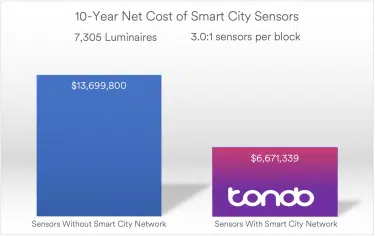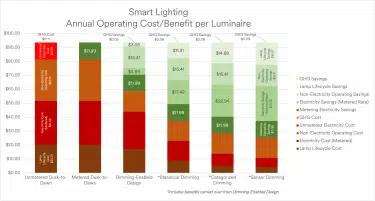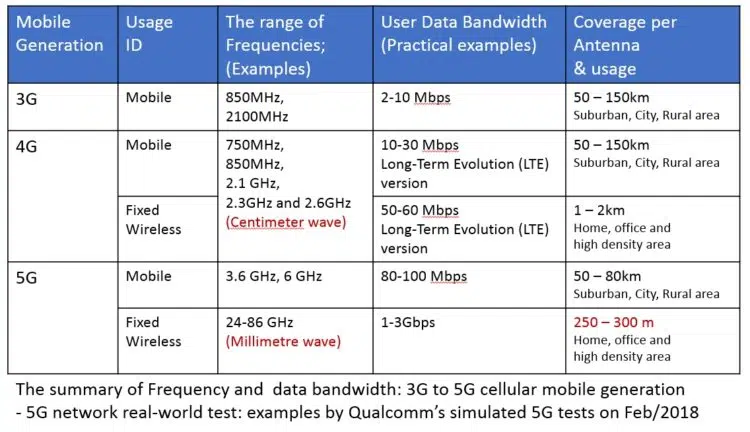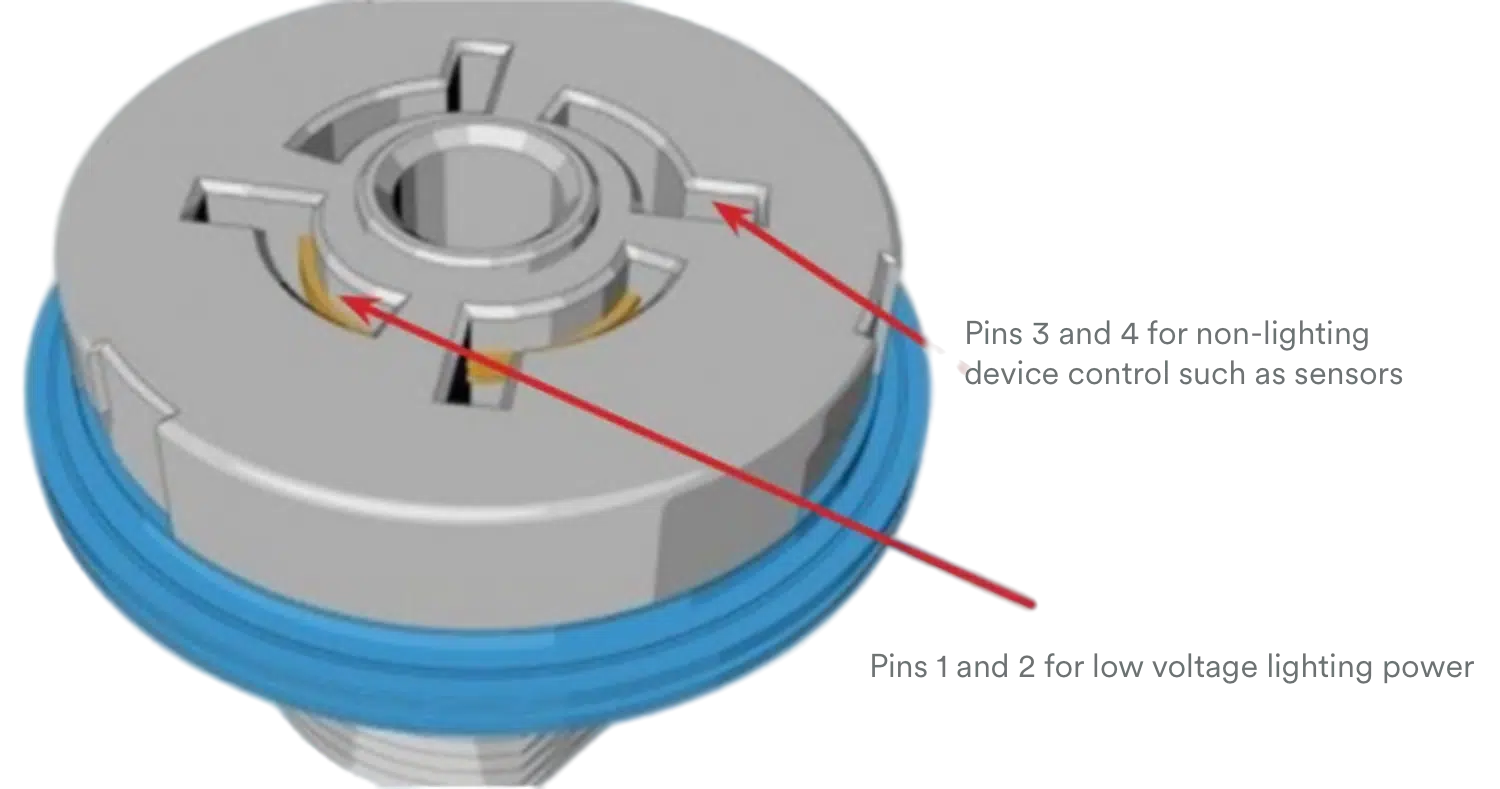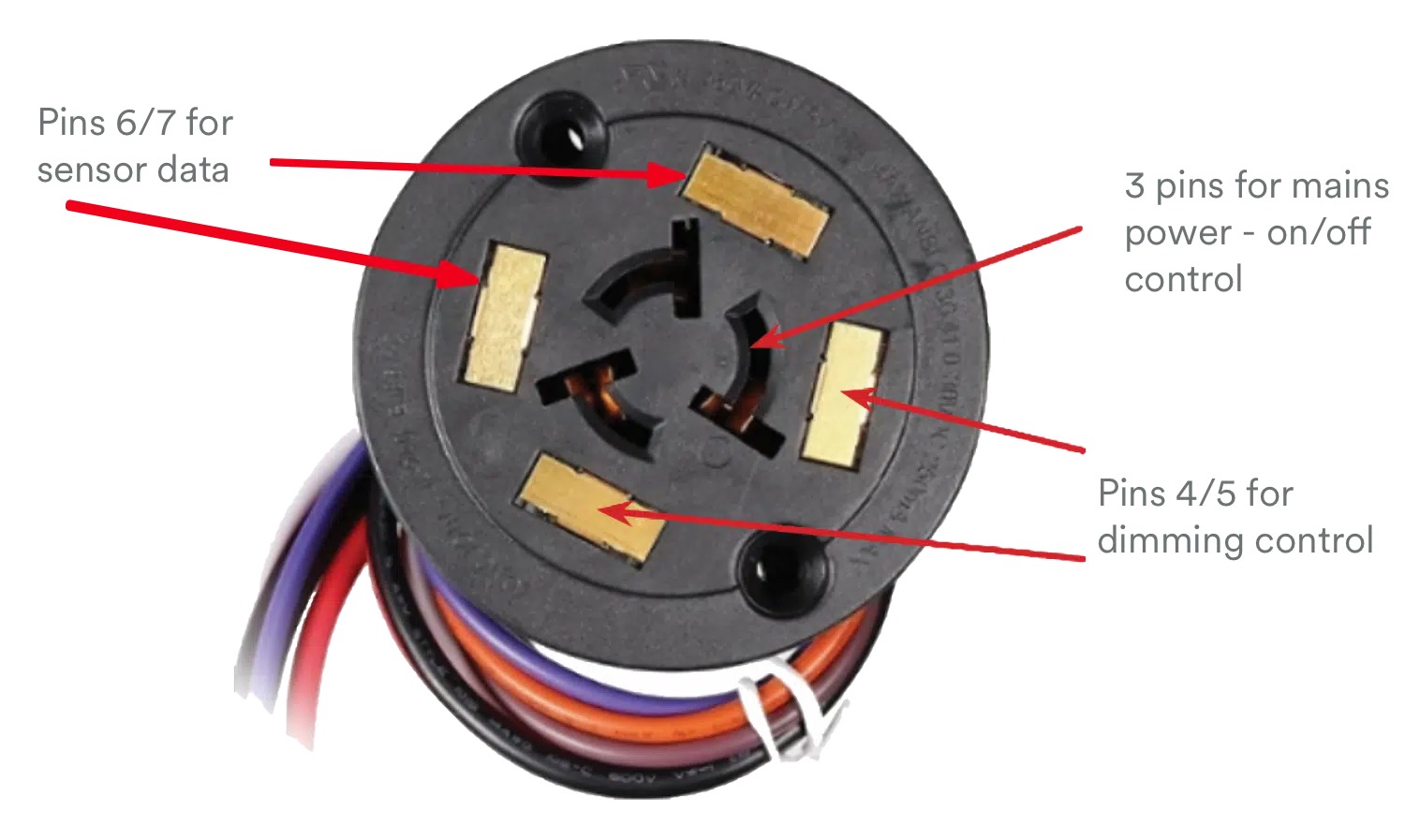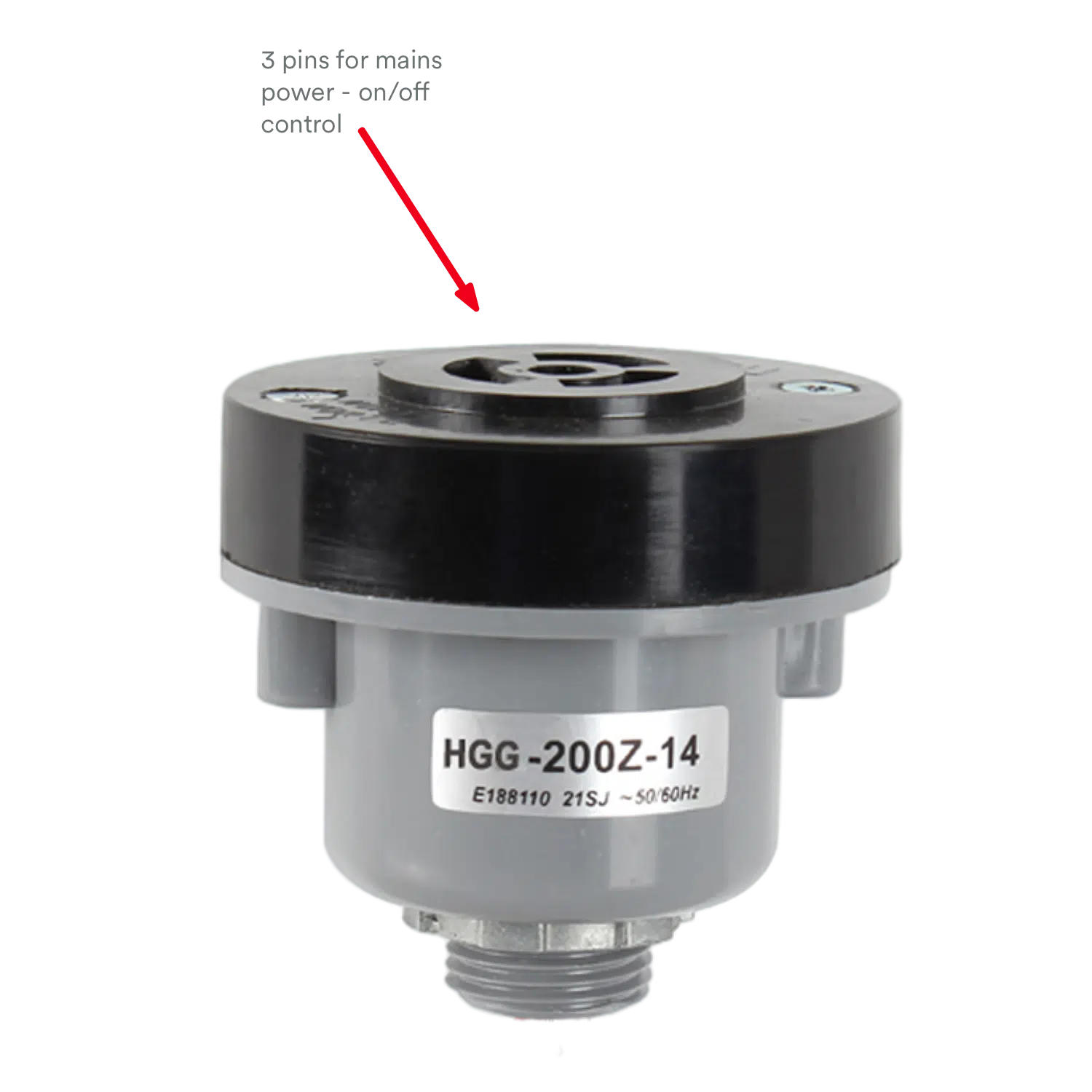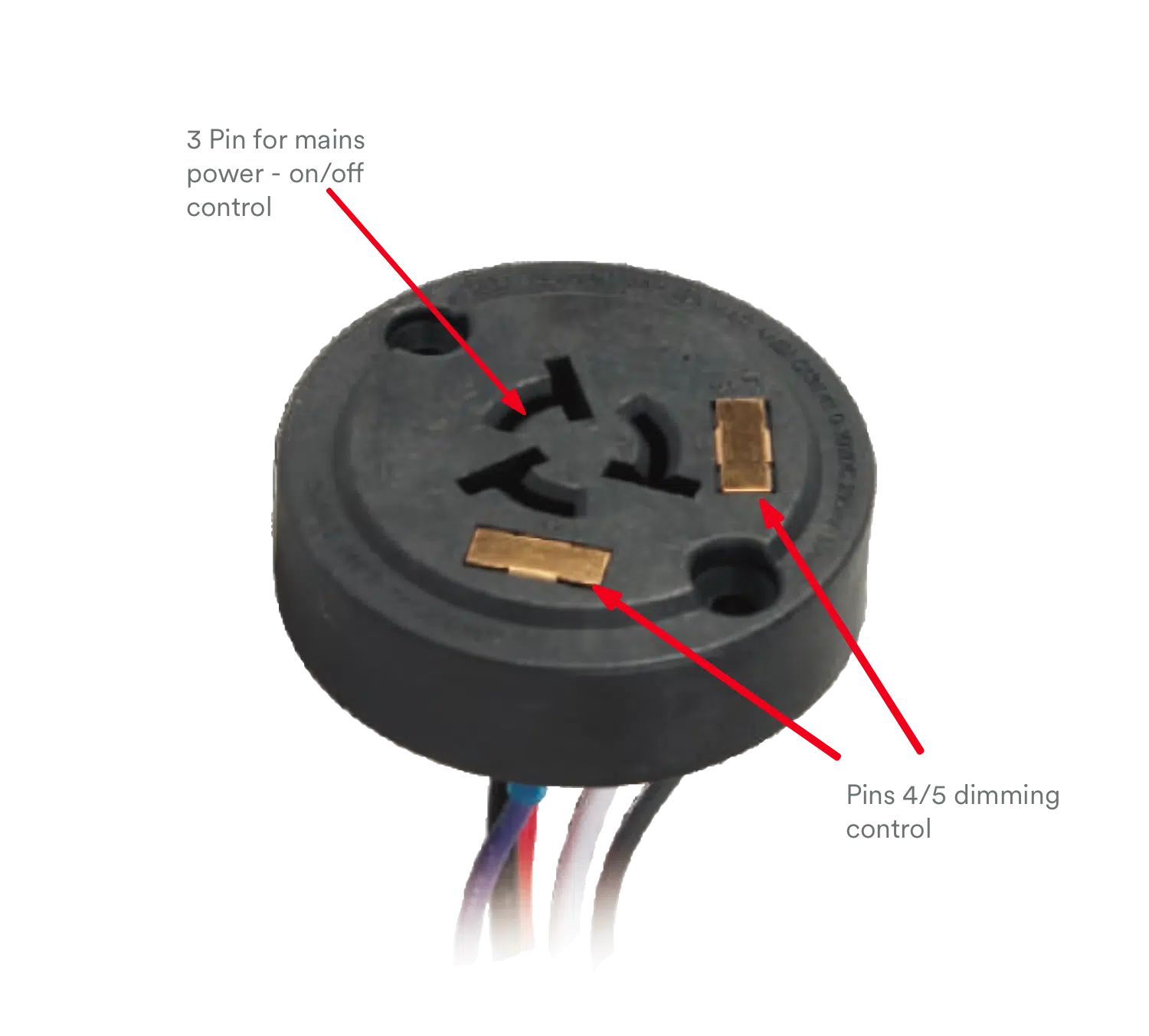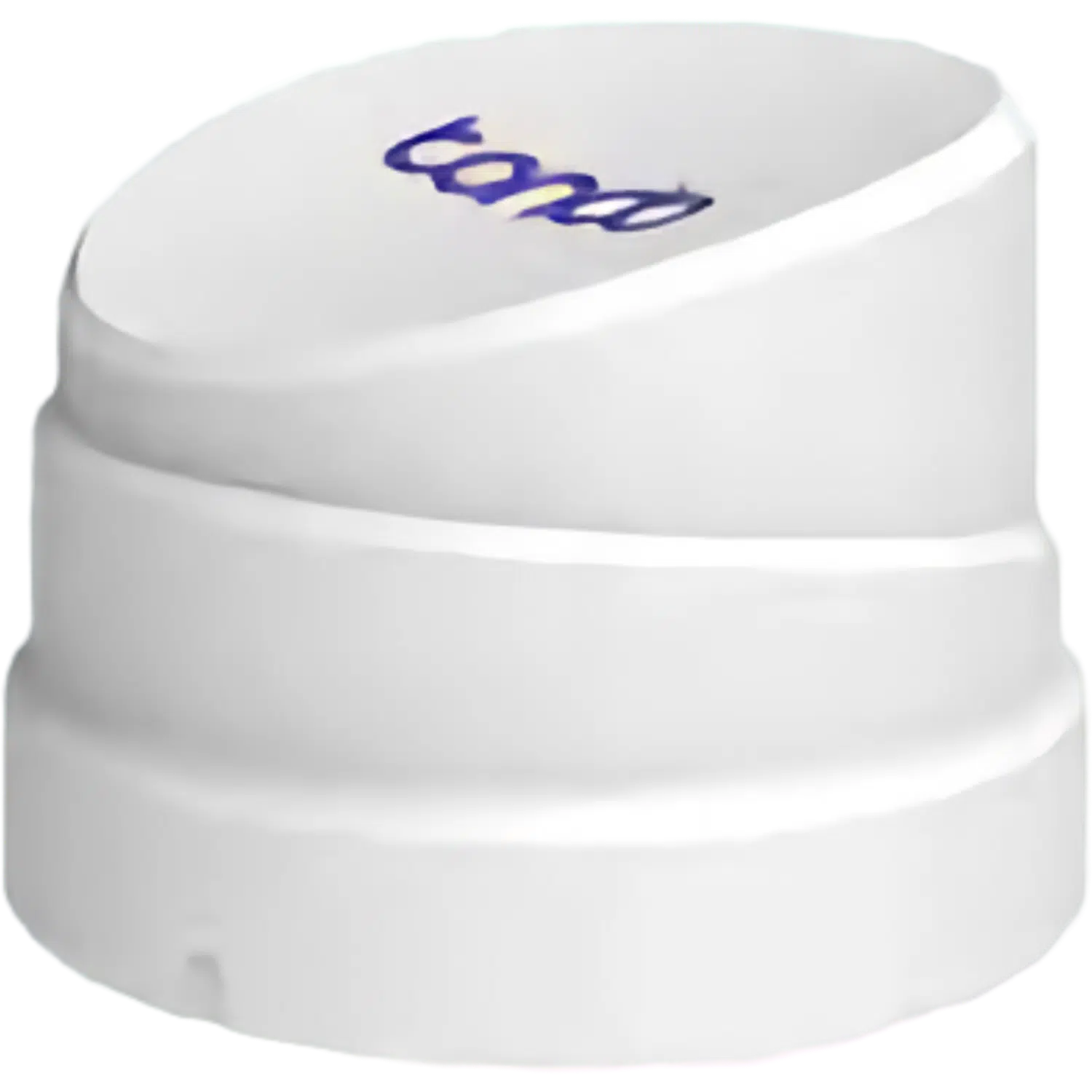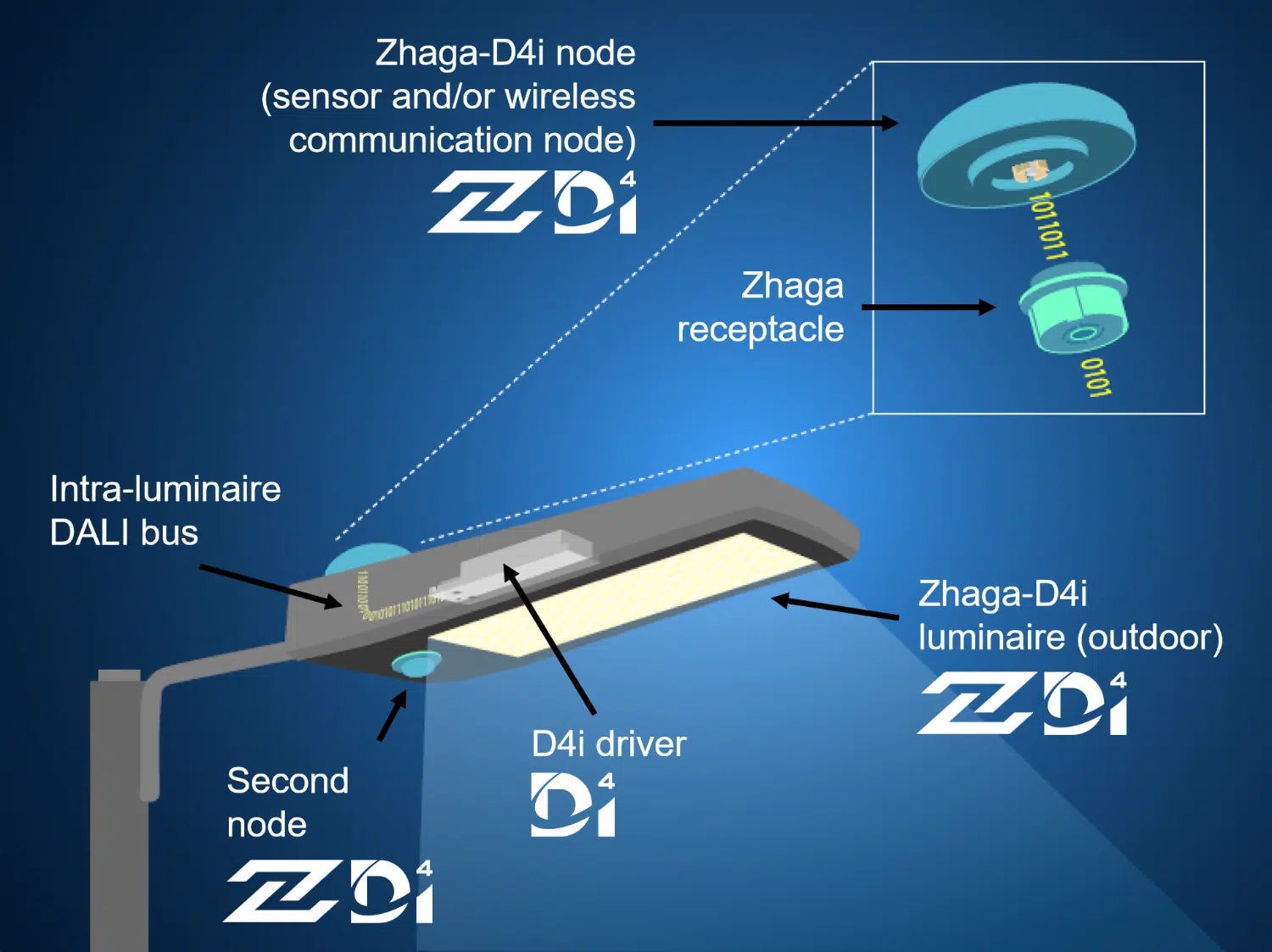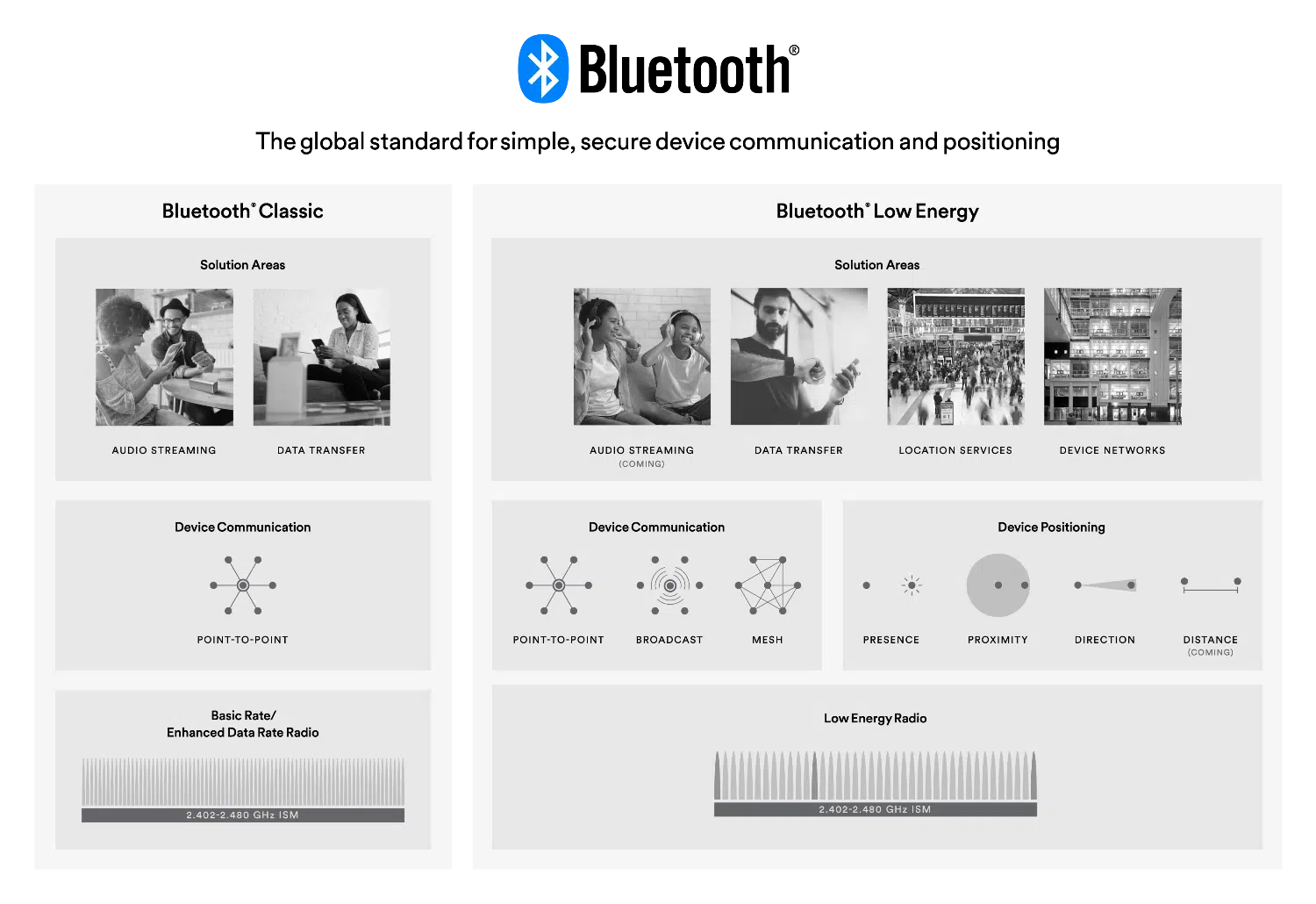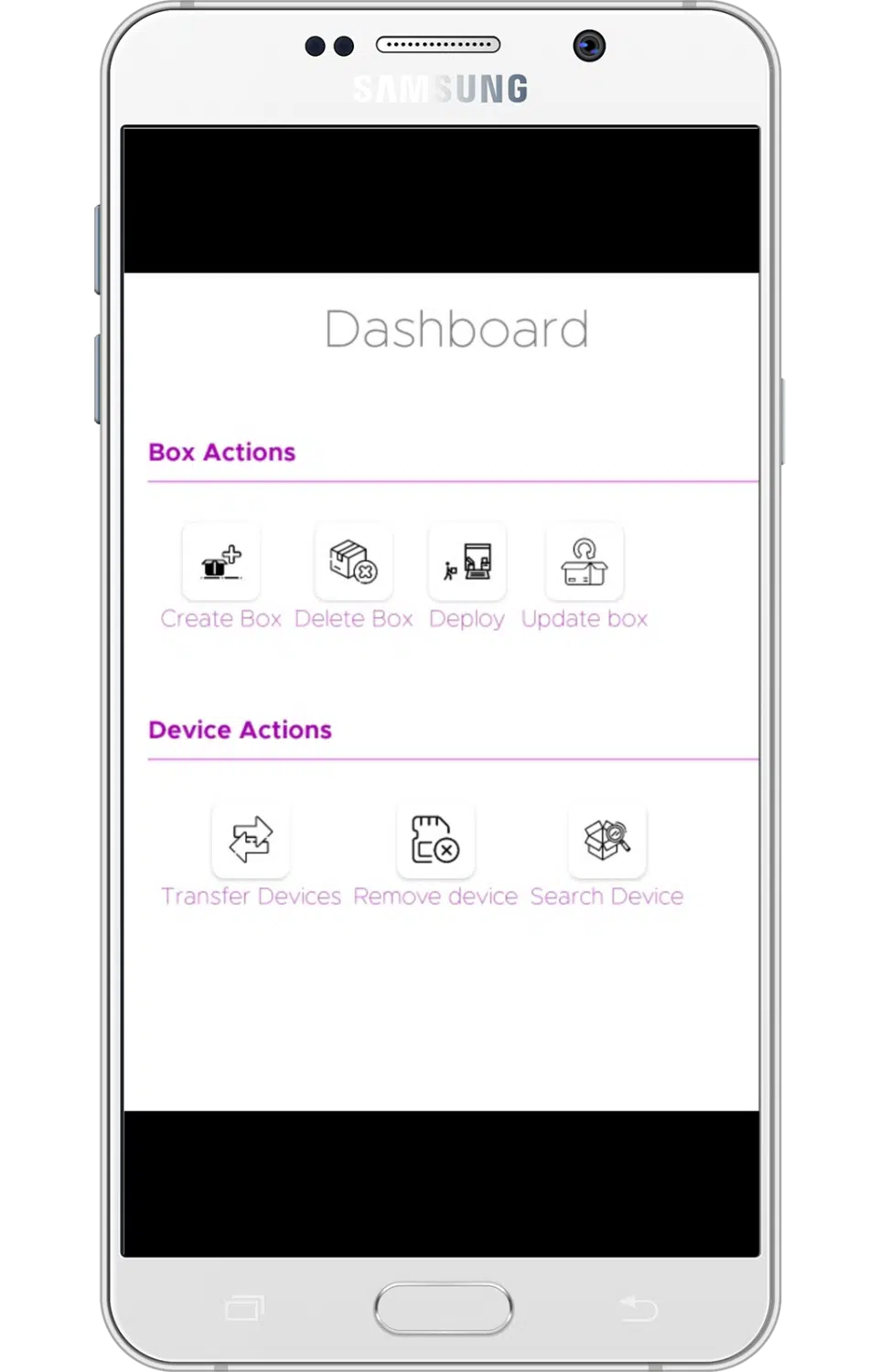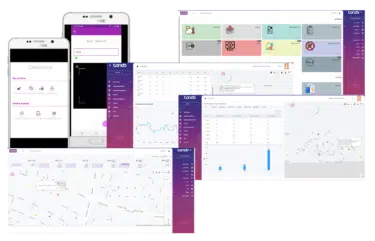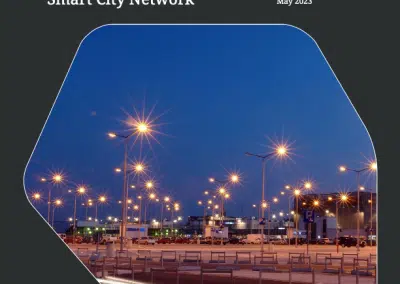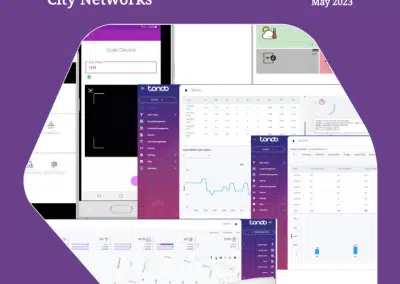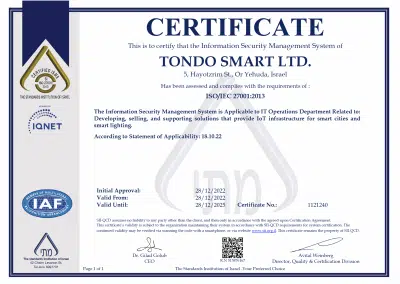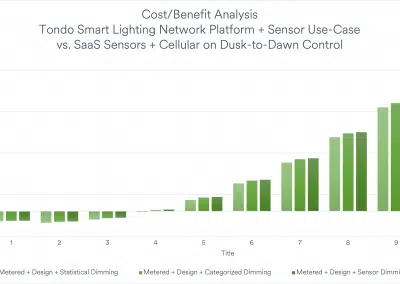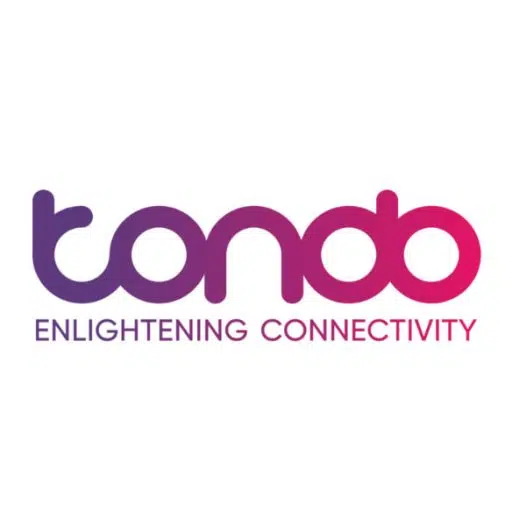This paper is ideal for civic planners and lighting designers, policy makers, and anyone who is developing business cases for Smart Lighting projects. The authors have used a real-world street lighting environment of 3,768 street lights as the basis for many of their assumptions, and assess the benefits of both an LED retrofit as well as the introduction of advanced smart lighting controls. This approach provides an excellent comparison between the opportunities for savings between LED retrofit and Smart Lighting projects.
This study includes assessments based on:
- Cost per KwH of electricity
- GHG footprint consisting of individual CO, particulate matter, CO2, SO2, and NO2 footprints
- A comparison of high pressure sodium to LED, LED + dimming, and LED + advanced lighting control
The study does not include the Operations & Management savings from advanced Smart Lighting solutions. Other studies have shown the O&M costs of street lighting estimated at 85% of the total cost of ownership of street lighting with only 15% in capital costs (‘Energy efficient street lighting’, European PPP Expertise Centre, European Investment Bank (EIB), Luxembourg, 2013).
Key Findings
- The economic benefits of adaptive dimming (smart) street lighting controls were estimated to range from 39% – 49%
- The highest contribution (41%) to GHG emissions reduction was generated by re-lamping, i.e. replacing HPS fixtures by LEDs
- The next highest contribution to GHG reductions (14%) was introducing an advanced adaptive lighting control system based on traffic volumes
- In third place for GHG reductions (8%) was effective photometric design for the scenarios and areas being illuminated – which require Smart Lighting control to implement and is complementary to traffic volume-based dimming
- The value of GHG emission allowances corresponding to the reduced CO2 emission volume, reached 10% of equivalent energy savings. This rate yields the 9% reduction in the lighting retrofit business case payback period
- Moreover, for investments financed in the ESCO (Energy Service Company) model, we show that a payback period can be shortened by 9% (or even more, taking into account the current trend of the EUA price) thanks to incomes achieved due to the reduced CO2 emission
Using the authors’ estimate of GHG emissions saved, equal to 10% of electricity savings, we can estimate the contribution of advanced lighting control and effective lighting as 3.5% additional to the 14% GHG savings from advanced lighting control and 8% GHG savings from effectively designed lighting scenarios to estimate the potential GHG emissions benefit of Smart Lighting solutions at 25.5% of current GHG levels.
For clarity, the authors define advanced lighting control as:
“In the simplest case, it relies on scheduling, where luminous fluxes change according to the predefined rules at fixed hours and do not depend on actual environment conditions such as traffic flow intensity, ambient light level or weather conditions. In the advanced scenarios, a lighting installation performance is adjusted dynamically on the basis of environment state’s changes reported by a telemetry layer (induction loops, weather and occupancy sensors, etc.).”
The authors also define effective design, or optimization of the installation as:
“The scope of this [optimization] process may vary depending on a particular case, from appropriate lamp dimming and changing the fixture mounting angles or arm lengths to displacement of selected poles.”
In the article, “The Business Case for Smart Lighting as the Smart City Network“, we apply the authors’ excellent work, along with other sources, and apply it to a real-world city roadway, energy, CO2 equivalents, and lighting inventory data model. In this model, we find that the diversity of roadway classifications, city size, and mixture of lighting assets has a significant influence on potential cost savings:
- 60%+ reduction in electricity use and related greenhouse gas footprint
- 30%+ reduction in operations and maintenance costs
- 60%+ increase in lamp life
- 80%+ reduction in cost of leveraging a Smart Lighting network for sensor deployment
- 4-5 year project payback for Smart Lighting
- 5-6 year project payback for a Smart Lighting-enabled Smart City sensor network
- Smart Lighting alone can provide 50% of the benefits compared with LED retrofit projects
- Smart Lighting + Smart City network can provide 350% of the benefits of an LED retrofit

